Spotlights

Announcement
March 29, 2022
Our scientists work around the world to improve public health outcomes, strengthen local and international food systems, and catalyze wildlife conservation efforts— all while training the next generation of One Health professionals. Find out how you can support making our world safer and healthier for all.
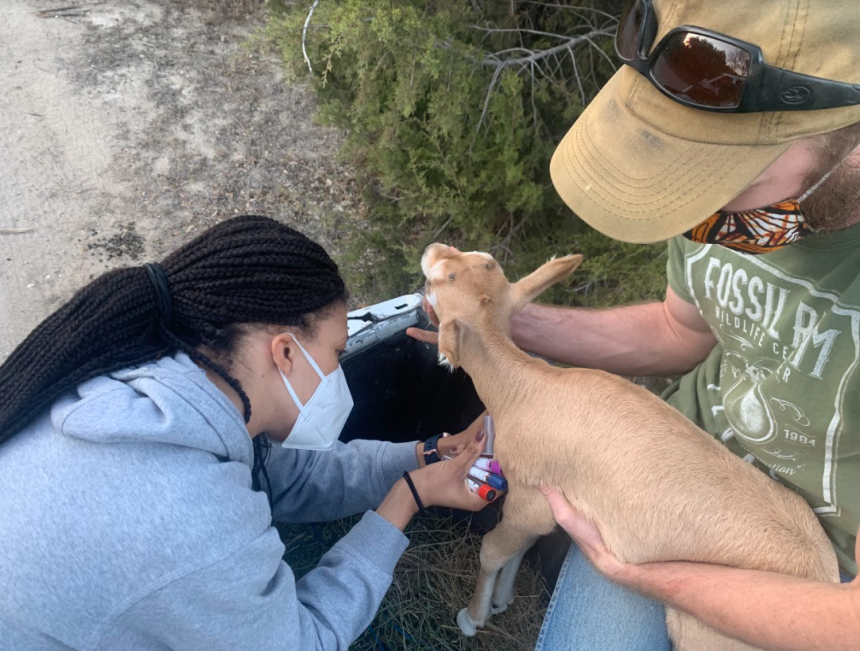
Blog
March 14, 2022
Cornell veterinary student Loren Lassiter, DVM '22, practices unique care in her wildlife preceptorship at the Fossil Rim Wildlife Center.
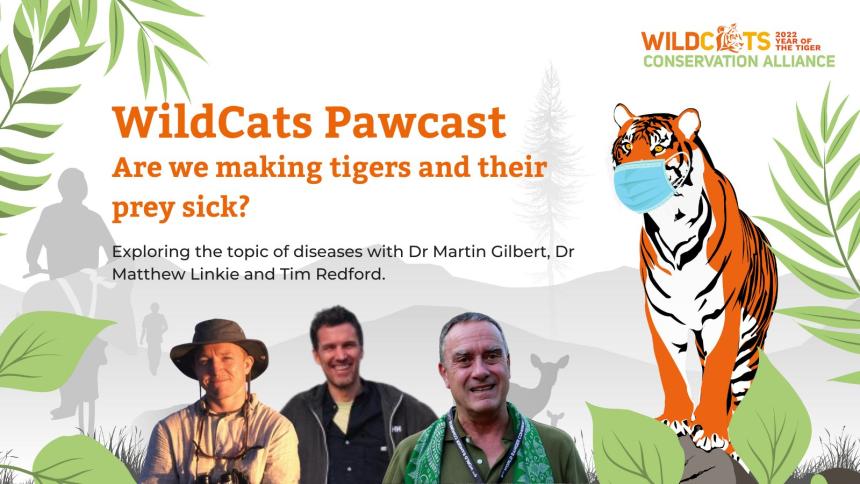
Podcast
February 25, 2022
Listen to our Wild Carnivore Health Specialist Dr. Martin Gilbert and other big cat conservationists discuss the impacts of infectious diseases on tiger populations in the first episode of WildCats Pawcast, a brand-new podcast from WildCats Conservation Alliance.
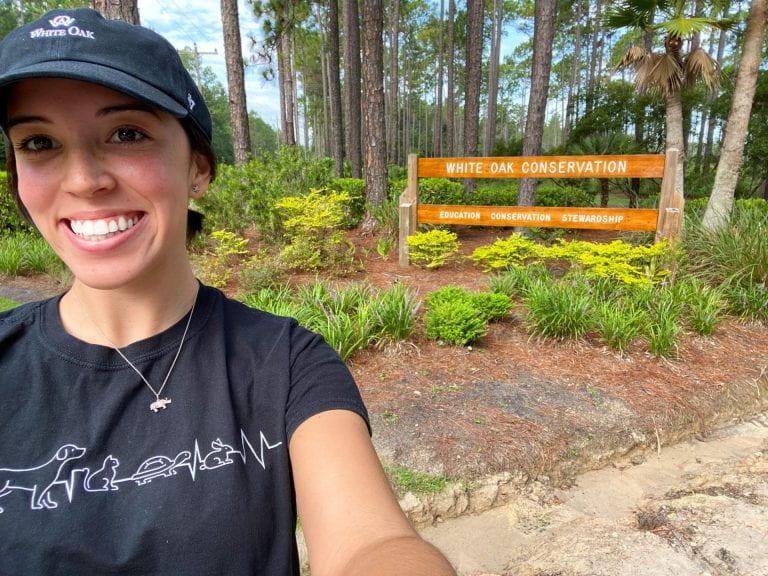
Blog
February 14, 2022
Cornell veterinary student Carolina Baquerizo, DVM '24, describes her experience completing a summer externship in wildlife medicine at the South-East Zoo Alliance for Reproduction and Conservation (SEZARC).
Podcast
February 07, 2022
In this podcast, Dr. Krysten Schuler, a wildlife disease ecologist and co-director of the Cornell Wildlife Health Lab, and Jen Grauer, a Cornell PhD student, discuss their latest project to track and study wild moose, led by the New York State Department of Environmental Conservation.
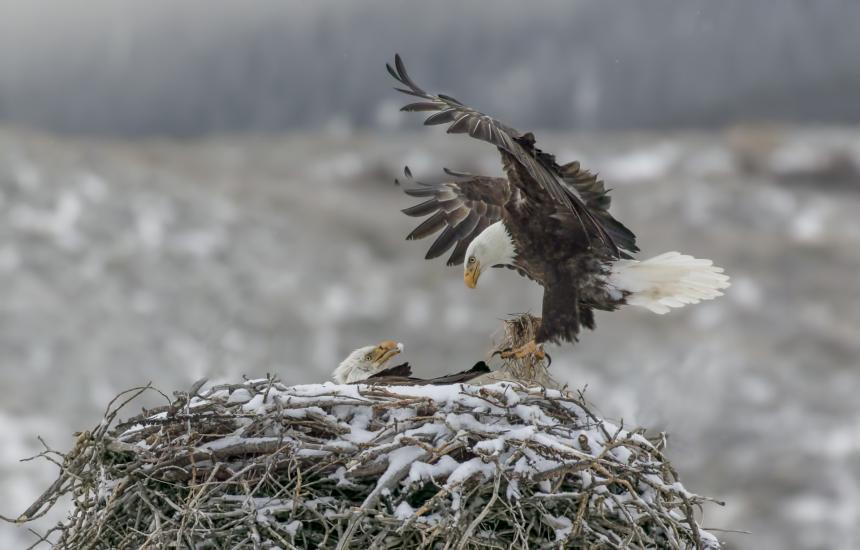
Blog
February 04, 2022
Long before I was aware of the problem, professionals of veterinary medicine and pathology treated, rehabilitated, or necropsied ill, dying, or dead bald eagles. The wild birds had been presented for care after they ingested lead fragments from spent ammunition....
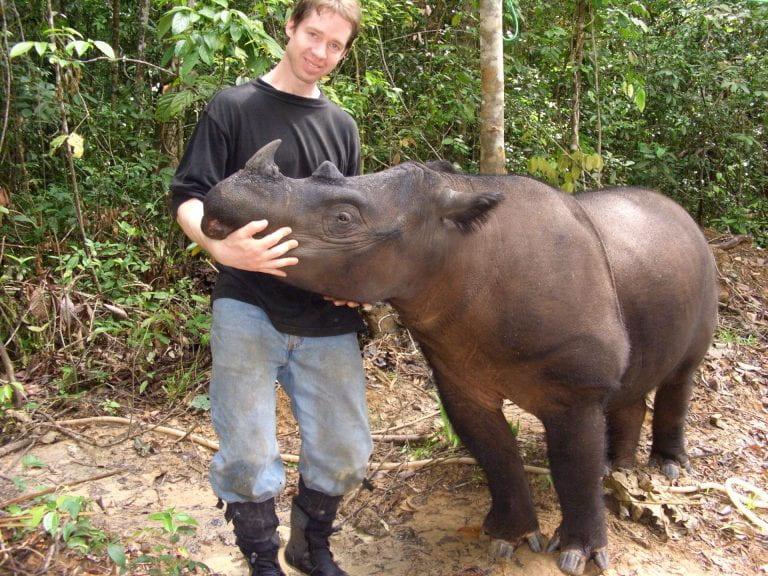
Blog
February 01, 2022
Cornell veterinary student Colleen Sorge, DVM '24, speaks with Cornell Wildlife Veterinarian Dr. Robin Radcliffe about his career in wildlife health and conservation.
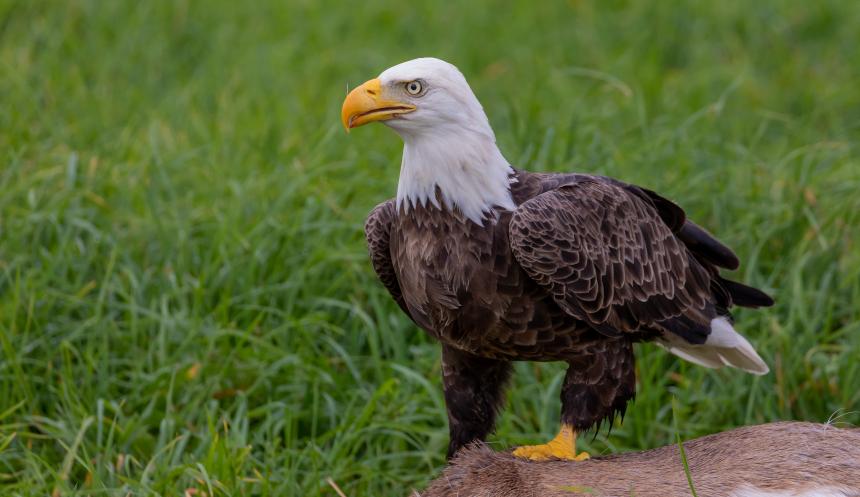
For Your Information
January 18, 2022
Bald eagles are considered a recovery success in the U.S. after rebounding from near extirpation due to widespread use of DDT. Although abundances of bald eagles have increased since DDT was banned, other contaminants have remained in the environment with unknown influence on eagle population trends.

Blog
December 07, 2021
Cornell veterinary student Hery Ríos-Guzmán, DVM '24, writes about how the AQUAVETⓇ I Program has helped him feel better prepared for a future as an aquatic veterinarian.
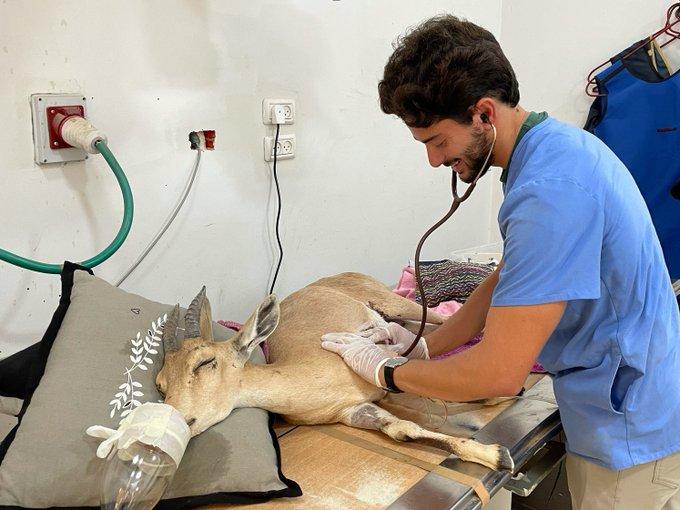
Blog
November 15, 2021
Cornell veterinary student Jared Zion, DVM '23, spent his summer externing at the Israeli Wildlife Hospital in Tel Aviv. Read more about his unforgettable experience caring for a diversity of animals, including elephants, various birds, and ibex.
